
© Christopher Duggan. (Click image for larger version)
Dorrance Dance
The Blues Project
★★★★★
New York, Joyce Theater
16 November 2016
www.dorrancedance.com
www.joyce.org
The Beautiful Dance
In bewildering times like these, unalloyed joy can be hard to come by. Art can feel detached from life, or, as happened last night at the Joyce Theater, it can bring light to it, reminding us of our better qualities. When I saw Michelle Dorrance’s The Blues Project at its New York premiere, back in 2015, it seemed like a very good tap show. Now, a year and a half, and a dispiriting election later, it is a ray of hope.
Michelle Dorrance is a tap innovator and a passionate advocate of tap in all its forms, past, present, and future. She is a fascinating dancer, gawky and speedy and angular, driven by a kind of gleeful eccentricity. She is also a skillful choreographer, one who knows how to bring together and maximize the talents of others. Tap shows can be dazzling but alienatingly internal (à la Savion Glover), or, at the other end of the spectrum, brassily spectacular (à la Broadway). Dorrance’s are neither: they feel experimental, free, playful, serious, virtuosic and generous, all at once.

© Christopher Duggan. (Click image for larger version)
The Blues Project, back at the Joyce for 2 weeks, is a perfect example. The show has tightened significantly since its première. The transitions are smoother; the sections now flow into each other with elegance and ease. It is billed as a collaboration between Dorrance, her fellow tappers Derick K. Grant and Dormeshia Sumbry-Edwards, and the blues musician Toshi Reagon, all under the umbrella of Dorrance Dance. Choreographic credit is shared by Dorrance, Grant, and Sumbry-Edwards. But it doesn’t feel like a mish-mash of ideas, not at all, but rather like a harmonic whole, in which each artist – including the members of the band and the tap ensemble – plays an important role. Everyone has a moment to shine, and yet it’s still about the cumulative effect of the group, playing and dancing together.
The evening proceeds from group numbers – all of which contain short solos and counterpoint – to longer solos, duets, and smaller ensembles. It has an ebb and flow. The songs, played by Reagon and her four-piece band (BIGLovely), introduce different moods: the warmth of a backyard gathering, the high spirits of a sock-hop, the spiritual longing and privacy of prayer, the jaggedness and surprise of improvisation. All sustained by an underlying soulfulness and groove. The dancers respond to the music and to each other; nothing feels automatic or forced.
The tapping itself is anything but generic. The dancers scrape, glide, slide, crouch, and stagger, taking up space, using their entire bodies as they move. The choreographies are filled with movement and air, not just sound and complexity. It’s especially striking to see how different the steps look and sound when performed by a giant with bulky muscles like Nicholas Van Young or by a delicate, precise tapper like Karida Griffith, a charmer and acrobat like Byron Tittle, or a witty femme fatale like Elizabeth Burke. The body types and varied skin tones bring a welcome air of inclusiveness, the inclusiveness of talent, shared passion, and smarts.
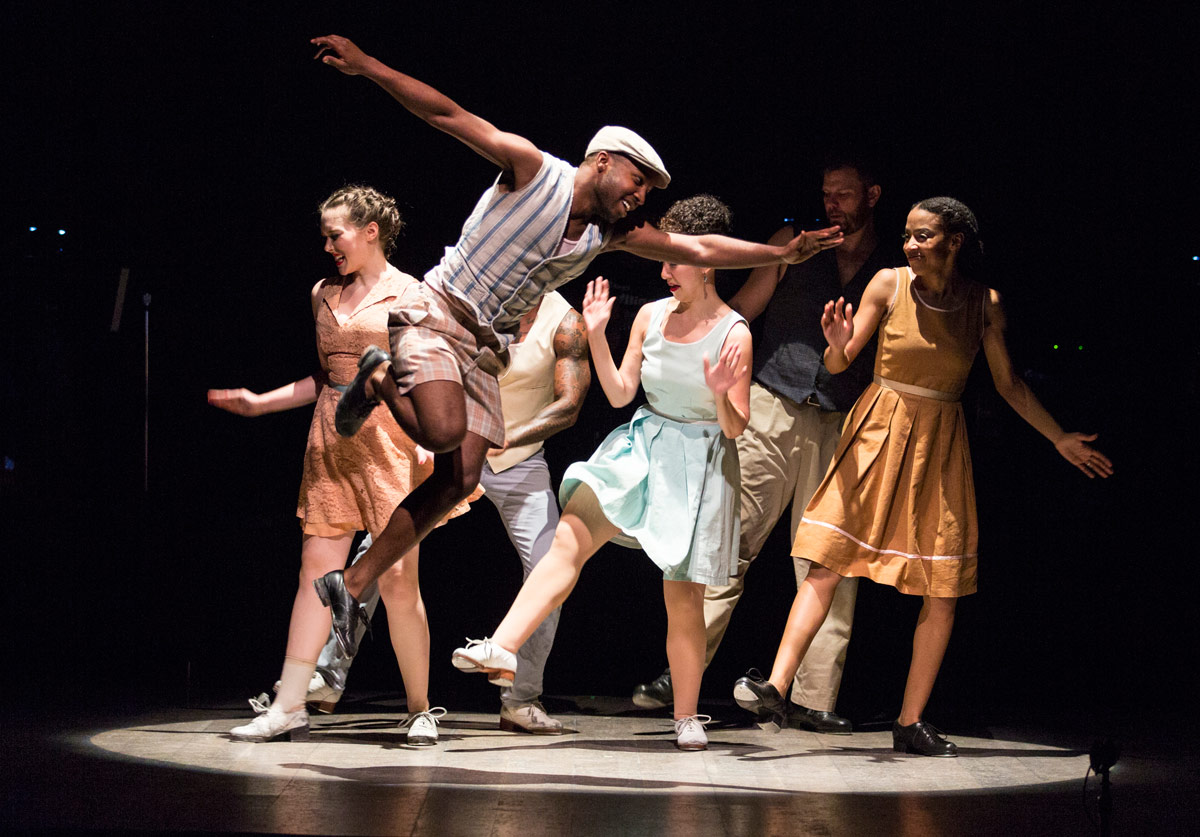
© Yi-Chun Wu. (Click image for larger version)
The evening is anchored by three extended solos, for Dorrance, Grant, and Sumbry-Edwards. How different they are! Dorrance, as usual, is all goofy angles, elbows and knees flying as she brings out a symphony of sounds with her feet. Her specialty is the varied texture of her sound, combined with the lanky exuberance of her body. She dances for and with Ms. Reagon, in a two-way conversation. Grant’s dancing is jagged, off-balance, poetic, and episodic. Like a flamenco dancer, he waits for his moment and then surprises you with sudden explosions of sound. But his taps can also achieve the delicacy of butterfly wings, despite his lumbering, muscular build.
And what to say about Sumbry-Edwards? Her solo was like a soliloquy, a story with a beginning, middle, and end, building up to a kind of ecstasy. She covers space with incredibly ease. Her tap rhythms are crystalline, clear – you hear every nuance. And there is an innate structure to her dancing; nothing feels out of place or random. But beyond that, she radiates a kind of ease, a comfort and warmth beyond skill. You want to kiss her on the cheek, shower her with rose petals.
So, do yourself a favor – go. The Blues Poject runs through Nov. 27.









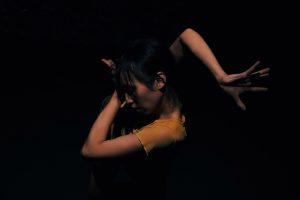
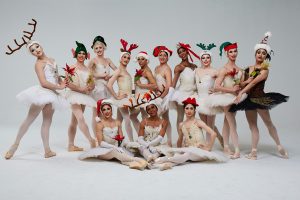

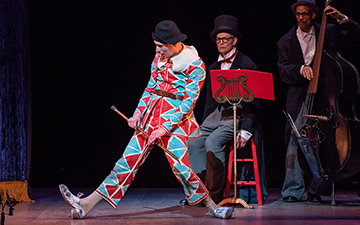
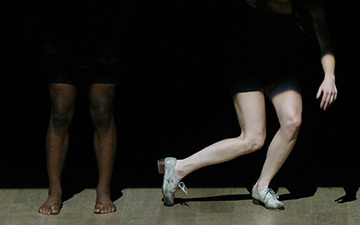

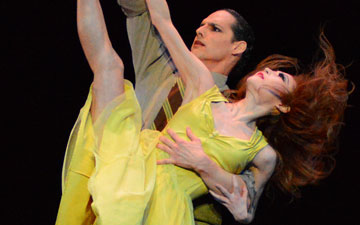
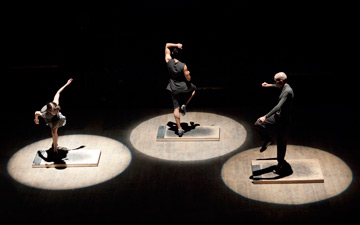
You must be logged in to post a comment.